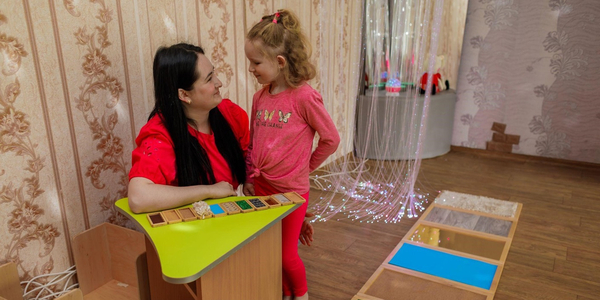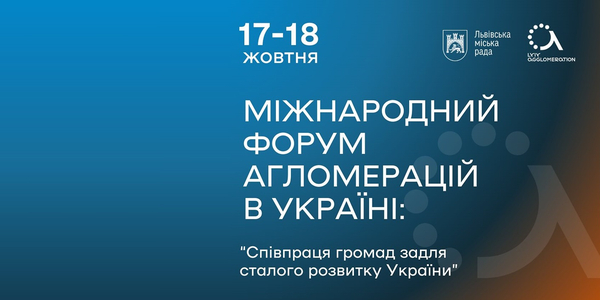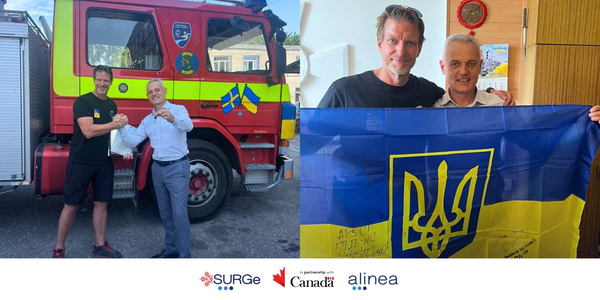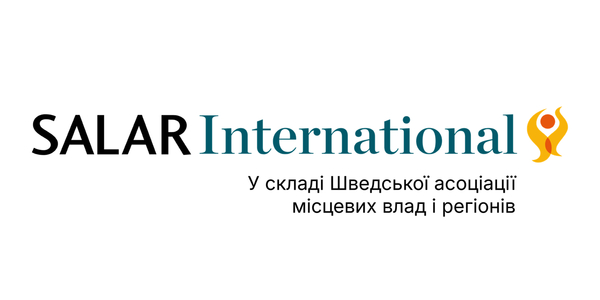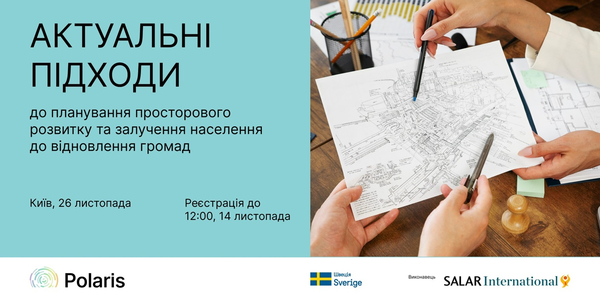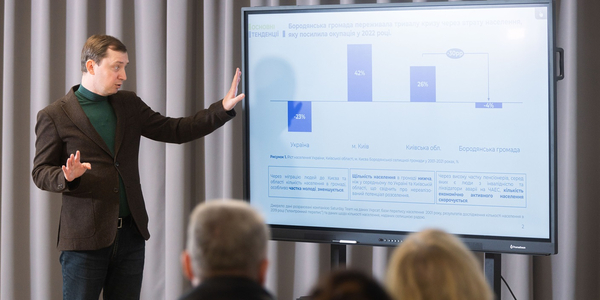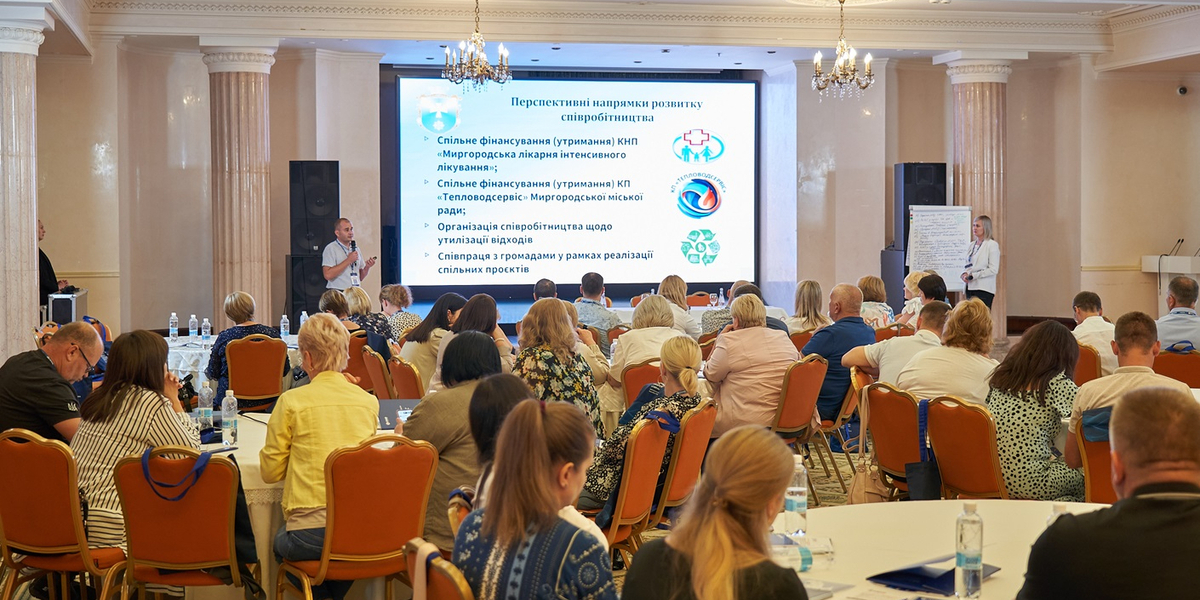
On September 4-6 in Odesa, communities from Odesa, Mykolaiv, Poltava, and Kharkiv Oblasts took part in an intermunicipal cooperation event organized by the USAID HOVERLA Activity.
In times of war, communities often face challenges that are difficult to solve on their own. Neighboring communities can help them cope with them, as joint efforts make it easier to attract additional resources to improve the quality of life of residents and develop their territories. The training participants, guided by USAID HOVERLA Activity experts, learned how to establish an intermunicipal cooperation and expand their capabilities through partnerships.
By August 1, 2024, Ukrainian communities have concluded 1,130 intermunicipal cooperation agreements, most of which provide for the implementation of a joint project, which is the simplest form of partnership for communities. Among the most common areas of cooperation are administrative, social inclusion and rehabilitation services, healthcare, civil protection, education, culture, and tourism.
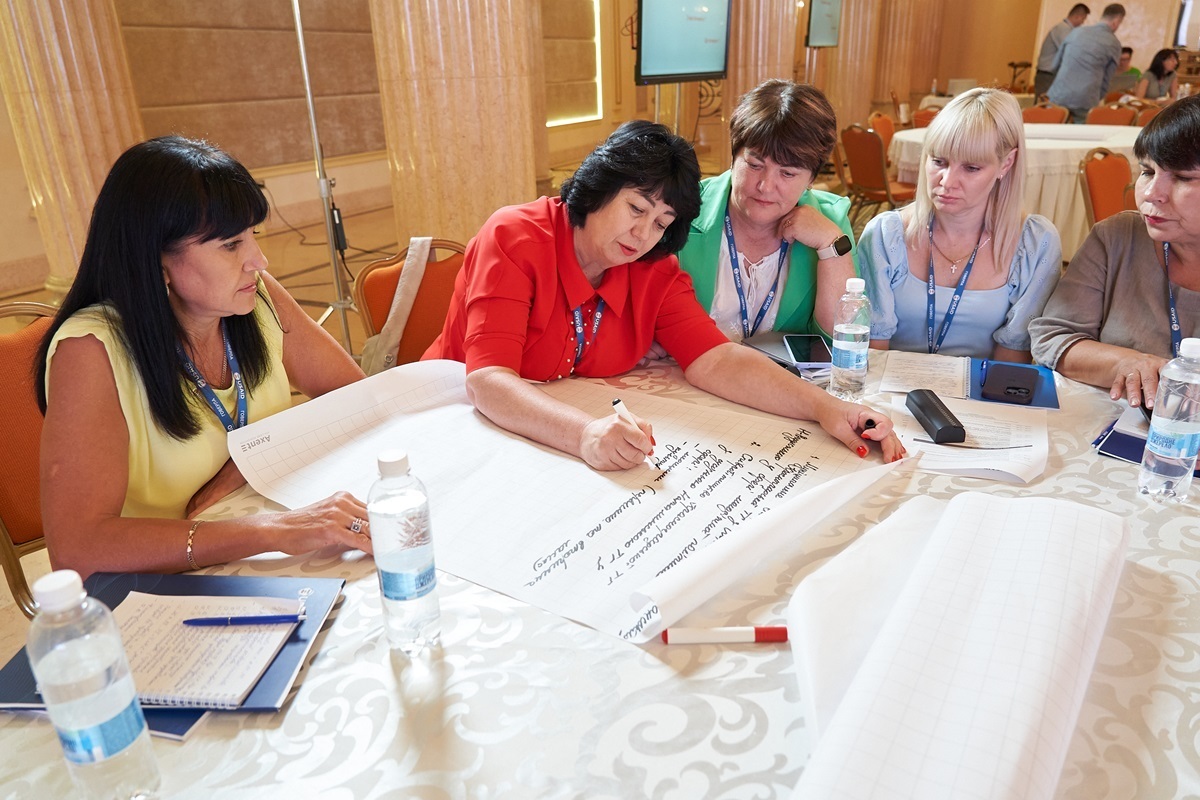
Young communities that were formed just a few years ago are already taking their first steps in intermunicipal cooperation. Among them is the Krasnohrad community in Kharkiv Oblast, which has three agreements and is eager to expand further.
“During the training, I realized that we could have at least five agreements with a neighboring community. The head of this community is ready to cooperate, and we have already started negotiations. We are also planning to sign a memorandum with the Myrhorod community in culture and sports,” Svitlana Kryvenko, head of the Krasnohrad community, said.
While some communities are just beginning their journey towards intermunicipal cooperation, more experienced communities have shared their best practices. For example, the Myrhorod leads the way in Poltava Oblast with the highest number of signed agreements. This cooperation helps communities recover faster from emergencies, allocate resources efficiently, and implement large-scale projects. In particular, the Myrhorod community has expanded comprehensive rehabilitation services for children with disabilities to six communities with the support of the USAID HOVERLA Activity.
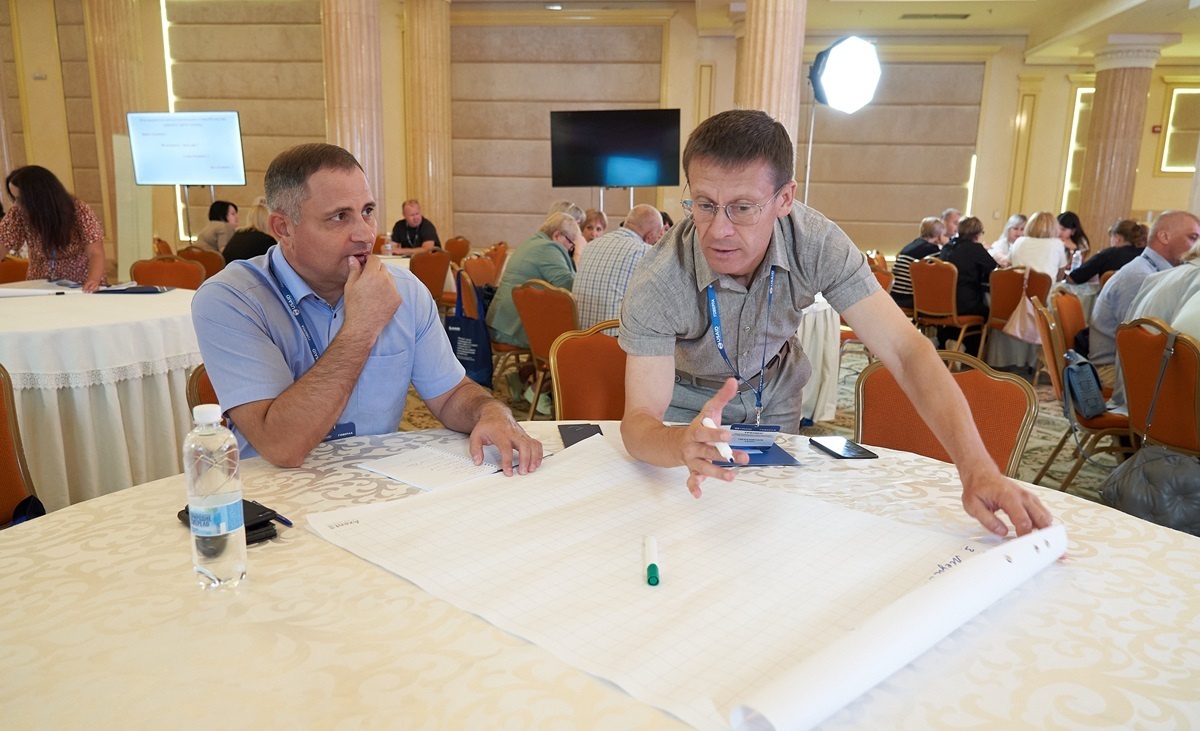
The training participants studied current legislation on intermunicipal cooperation, learned about the key stages and financial aspects of this process, discussed the implementation of cross-border projects, and shared their experiences.
Immediately after attending the event, the Artsyz community in Odesa Oblast began to implement the knowledge gained in their work. Artsyz has long been cooperating with neighboring communities under a simplified system within the framework of the Budget Code, including agreements for the joint maintenance of communal property, but now plans to take a different approach.
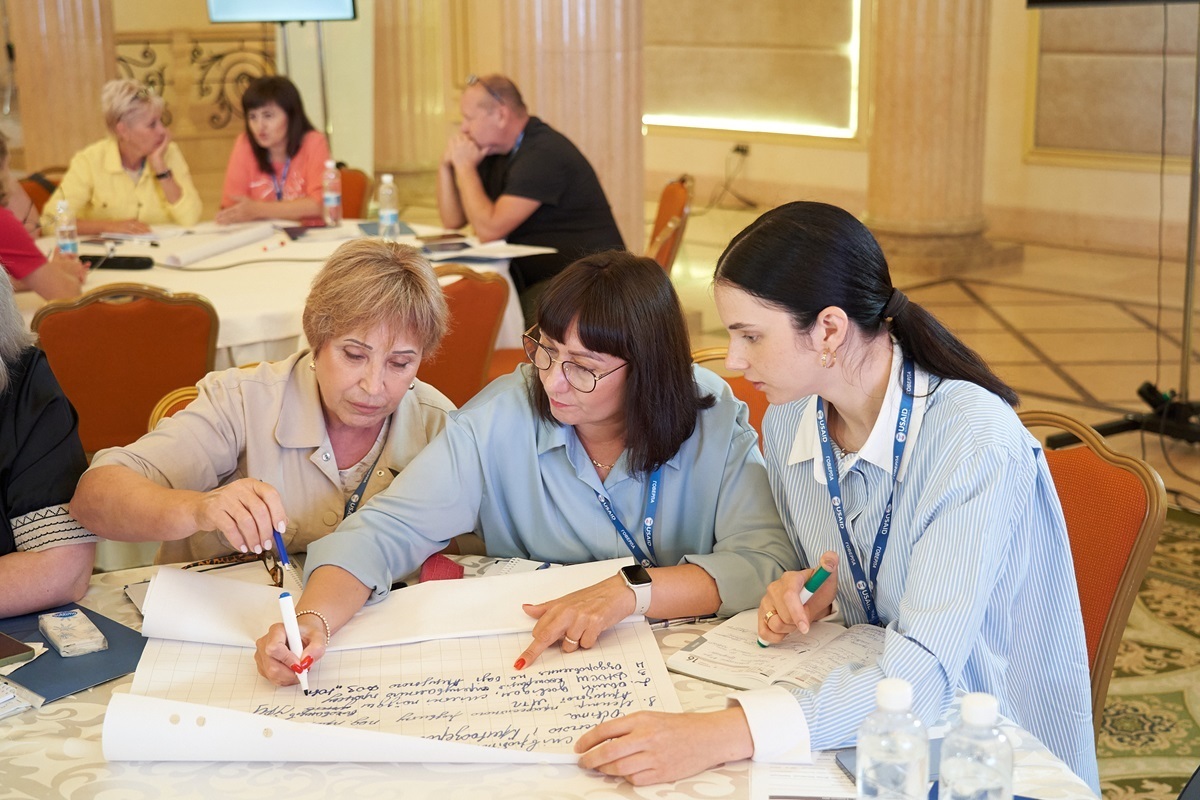
“After the training, we realized that we needed to move to a new level. Now we want to bring our cooperation into the legislative sphere and register these agreements with the Ministry of Communities and Territorial Development. We have already developed a roadmap and hope to enter 2025 with 14 intermunicipal cooperation agreements,” Tetiana Bakhchevan, First Deputy Mayor of Artsyz, said.
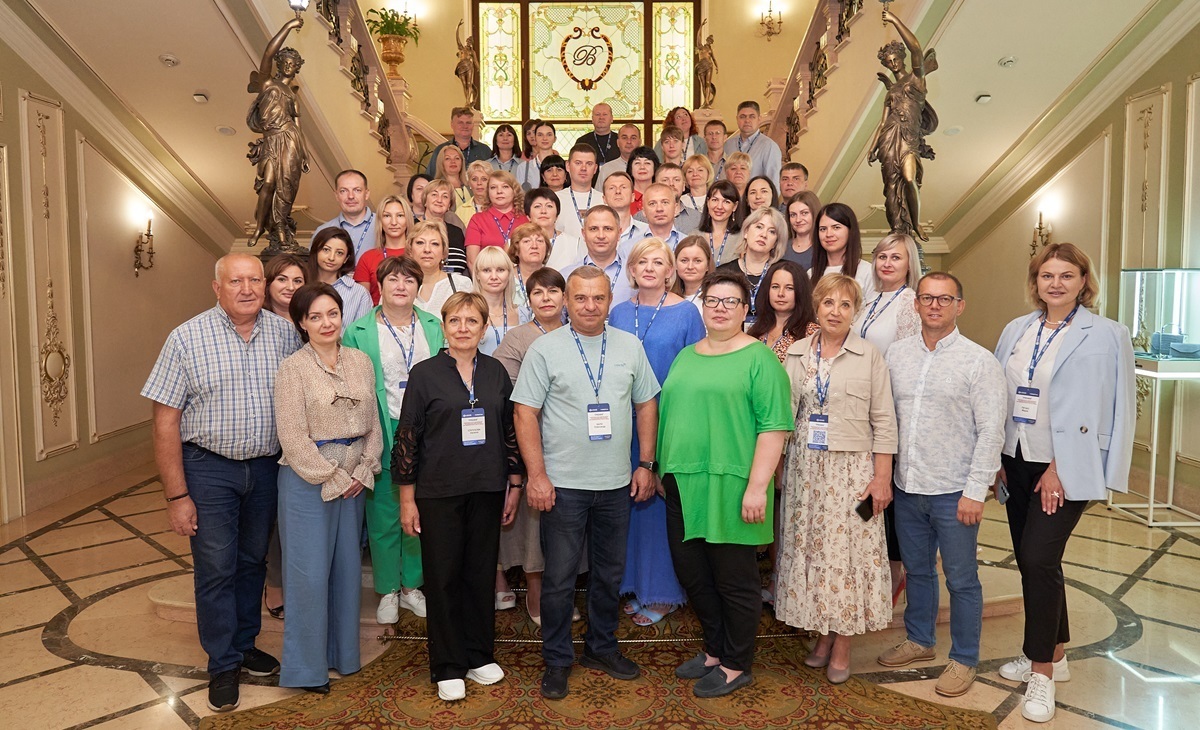
The USAID HOVERLA Activity supports partner communities in establishing intermunicipal cooperation, which is a catalyst for holistic community development.

